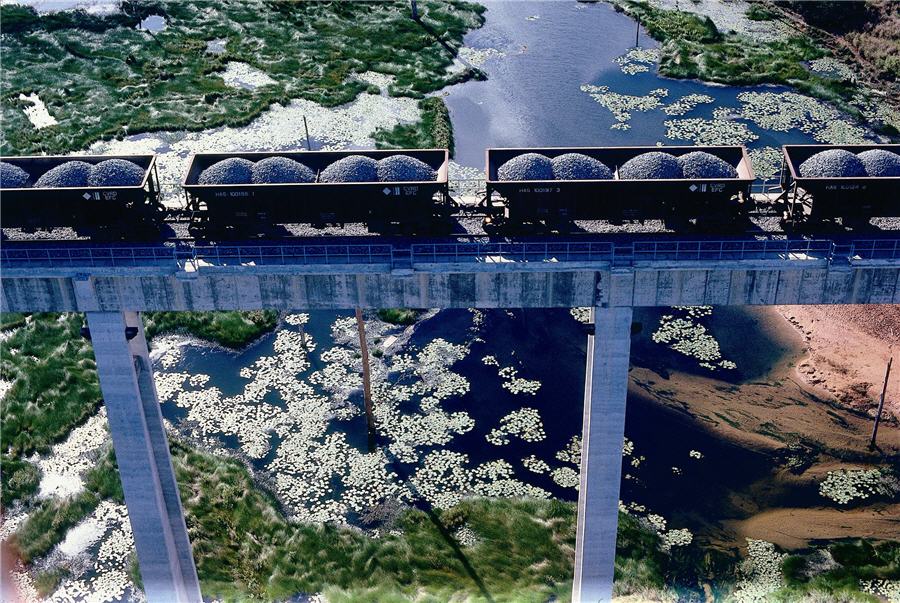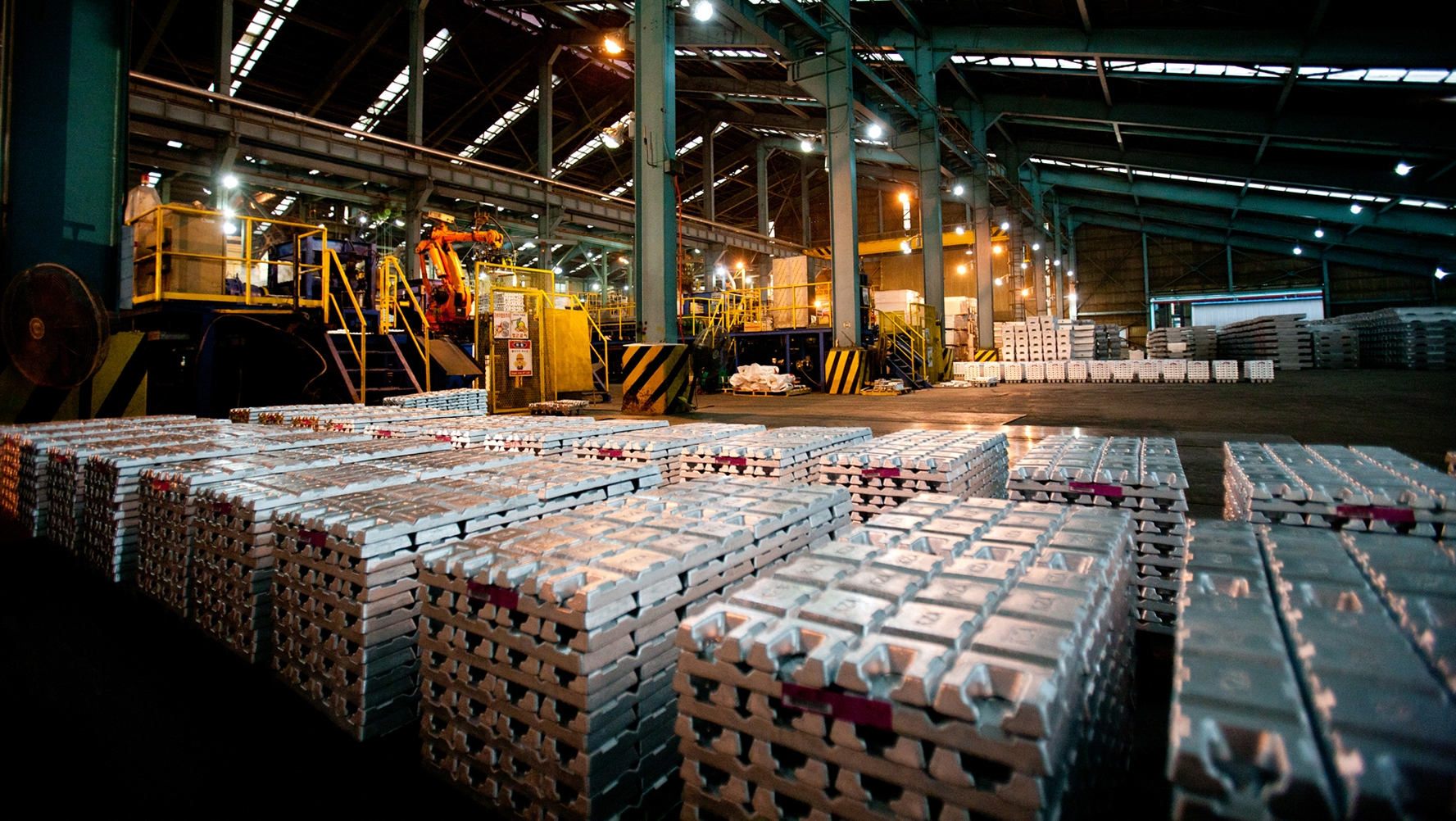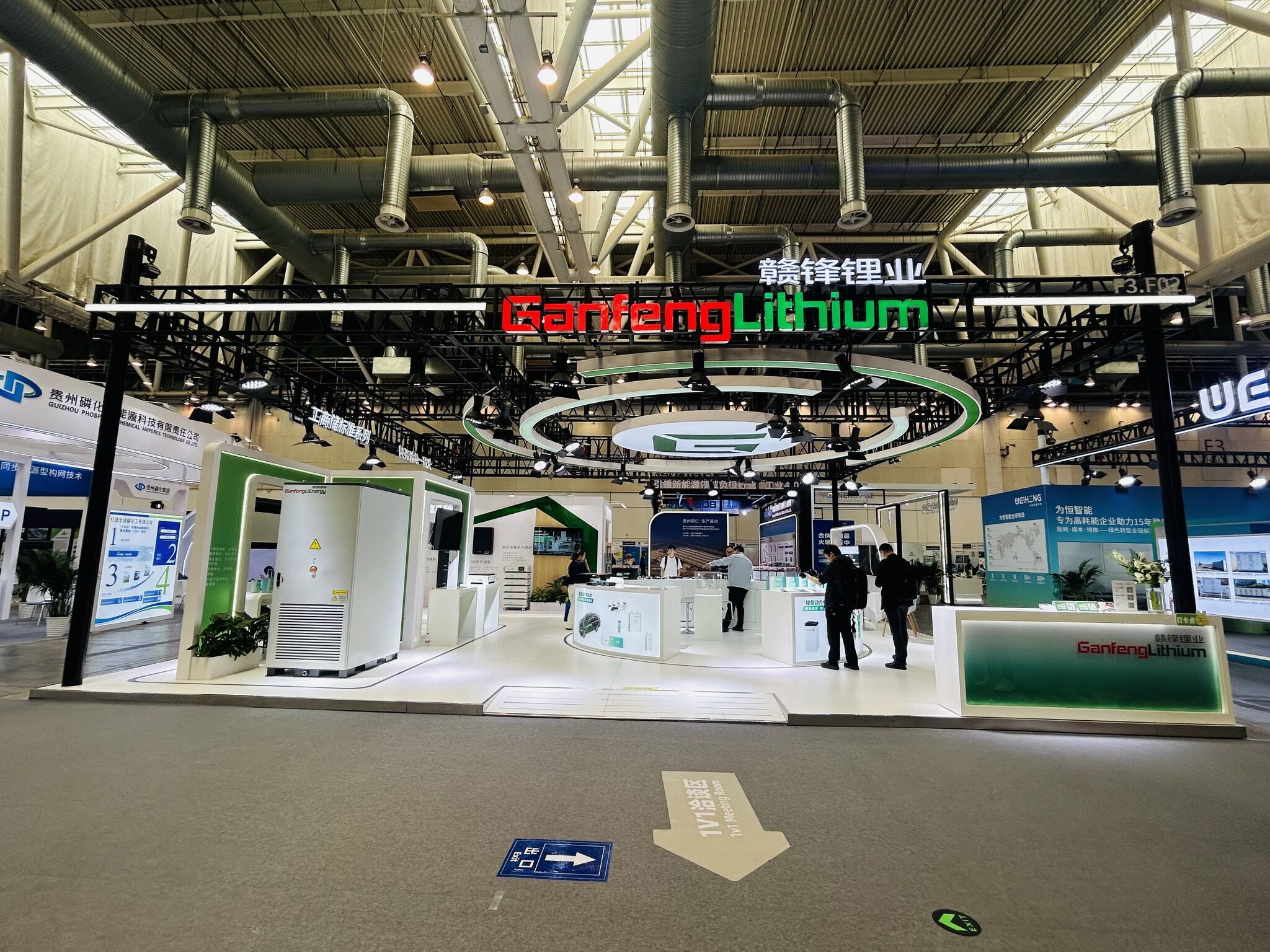Iron ore prices are flying

Top iron ore producer Vale’s decision to decommission its upstream tailings dams following the deadly dam burst on Friday at its facility in Córrego do Feijão, Brazil has lit a fire under iron ore prices.
The Chinese import price of 62% Fe content ore jumped 5% on Wednesday to trade at $82.53 per dry metric tonne, according to data supplied by Fastmarkets MB. The price of the steelmaking raw material is now up more than 13% year to date. The index price for high-grade (65% Fe) Brazilian ore gained $5.40 to reach $97.60 a tonne.
Domestic Chinese prices also surged, with the most actively traded iron ore futures contract on the Dalian Commodity Exchange hitting its daily uplimit to finish Wednesday nearly 6% higher at 587 yuan ($87.40) per tonne, a 17 month high.
The last time benchmark iron ore was trading in triple digits was May 2014
Vale’s plans to halt production at 10 operations, cutting its annual output by some 10% or 40m tonnes, upending a market that was expected to experience a year of gentle decline.
BMO Capital Markets, a Canada-based investment bank, says 2019 “has gone from a year where we were looking to displace marginal tonnes to one where we will need to incentivise additional higher cost material.”
While Vale can make up some of the tonnes from other operations, BMO now forecasts the need for an additional 20m tonnes of such supply this year, as opposed to its previous analysis of 10m tonnes of ore being displaced:
“Iron ore remains an efficient market, and higher prices should bring this to market quickly. We expect an outsized spot reaction in the short term as the market adjusts to the lack of tonnes, before a moderation as equilibrium is reached towards mid-year.”
BMO raised its forecast for benchmark prices by 24% to $78 per tonne from $63 per tonne previously and its 2020-2021 price to $70 a tonne.
A similar disaster three years ago at Samarco, a Vale-BHP joint venture, in the same region of Brazil halted output and the Brumadinho disaster has made a restart at the pellet production plant less likely.
BMO says given Vale’s dominant position in the global pellet market, this is an area which will be disproportionately hit with the bank upping its average Atlantic Basin pellet premium to $75 a tonne this year (from $59/t previously) and $55 tonne in 2020.
Triple digits
Cliffs, which owns four active mines in Michigan and Minnesota, jumped more than 17% bringing the company’s year to date gains to 40%
As for the “outsized” shorter term impact on spot prices, Reuters quotes Singapore-based analytics company Tivlon Technologies as saying prices will hit $120 a tonne by August, from a projected $95 a tonne by May. The last time prices were in triple digits was May 2014.
The shares of iron ore majors benefited from Vale’s decision with US-based Cleveland-Cliffs leading the charge higher. Cliffs, which operates five mines in Michigan and Minnesota (one of which is idled) with annual production of 18.8m in 2017, jumped more than 17% bringing the company’s year to date gains to 40%.
Rio Tinto gained 2% in New York trading. The Anglo-Australian giant is closing in on Vale’s annual output figures, targeting 350m tonnes this year from its Pilbara operations. Melbourne-based Rio this year will start construction of its Koodaideri mine with annual capacity of 43m tonnes this year.
BHP, with production guidance of 283m tonnes for its financial year to end-June, gained 3.5%. The world’s number one mining company is now worth $182 billion. Units of Australia’s Fortescue Metals trading in the US gained 11.4%, lifting its market cap to $12.3 billion. Fortescue expects output of 156m to 173m tonnes of iron ore this year.
Anglo American which restarted operations at it Minas Rio mine in Brazil in December, gained 3.3% in value. For its 2019 financial year, Anglo expects production at Kumba in South Africa to reach 43-44m tonnes and output from Minas Rio of 18-20m tonnes.
Vale also regained some ground, advancing 9.7% in New York for a market value of $70.8 billion. The counter remains down 15% compared to its closing price on Thursday last week.
Click here for complete coverage of the dam burst at Vale’s Córrego do Feijão mine.
More News
Energy storage boom strengthens demand outlook for beaten-down lithium
January 04, 2026 | 05:54 pm
Korea Zinc revises share issuance for US smelter to $1.94 billion
January 04, 2026 | 11:55 am
{{ commodity.name }}
{{ post.title }}
{{ post.date }}






Comments
Oredigr
Hmmmm, does this sort of market reaction incentivize bad operational decisions? I think not. but you have to wonder at some peoples lack of empathy when the analysts post expected market reaction less than a week after a disaster. Everything must be monetized and forecast, even death and destruction. This kind of analysis supports the accusation that miners are just in it for the money. Bad move by BMO, they should have kept their analysis private, at least until they have finished burying the dead.